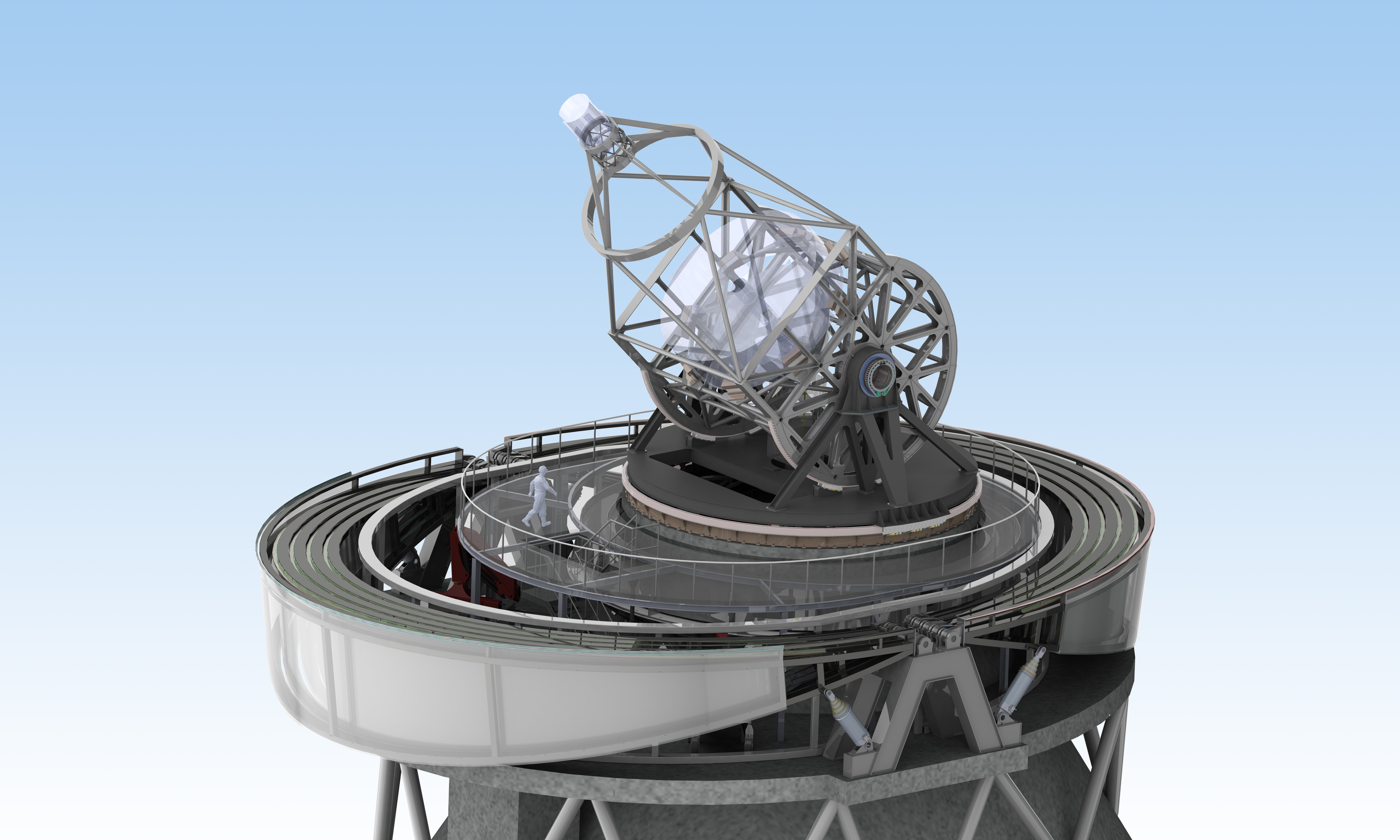Strategic Value
Over the last 25 years different European countries have built powerful telescopes that have significantly expanded our understanding of the Sun. Very few observatories have these facilities to observe our star. The Canary Islands' Observatories, both because of their geographical location (in quasi-tropical latitudes) and the transparency and excellent astronomical quality of their skies, are home to the largest array of European solar facilities.
Chronologically ordered by the date of their first light:
- VTT (Vacuum Tower telescope). High resolution imaging, adaptive optics and spectropolarimetry.
- Location: Tenerife (Spain)
- Aperture: 70cm
- Owner: Leibniz-Institut für Sonnenphysik (Germany)
- First light: 1989
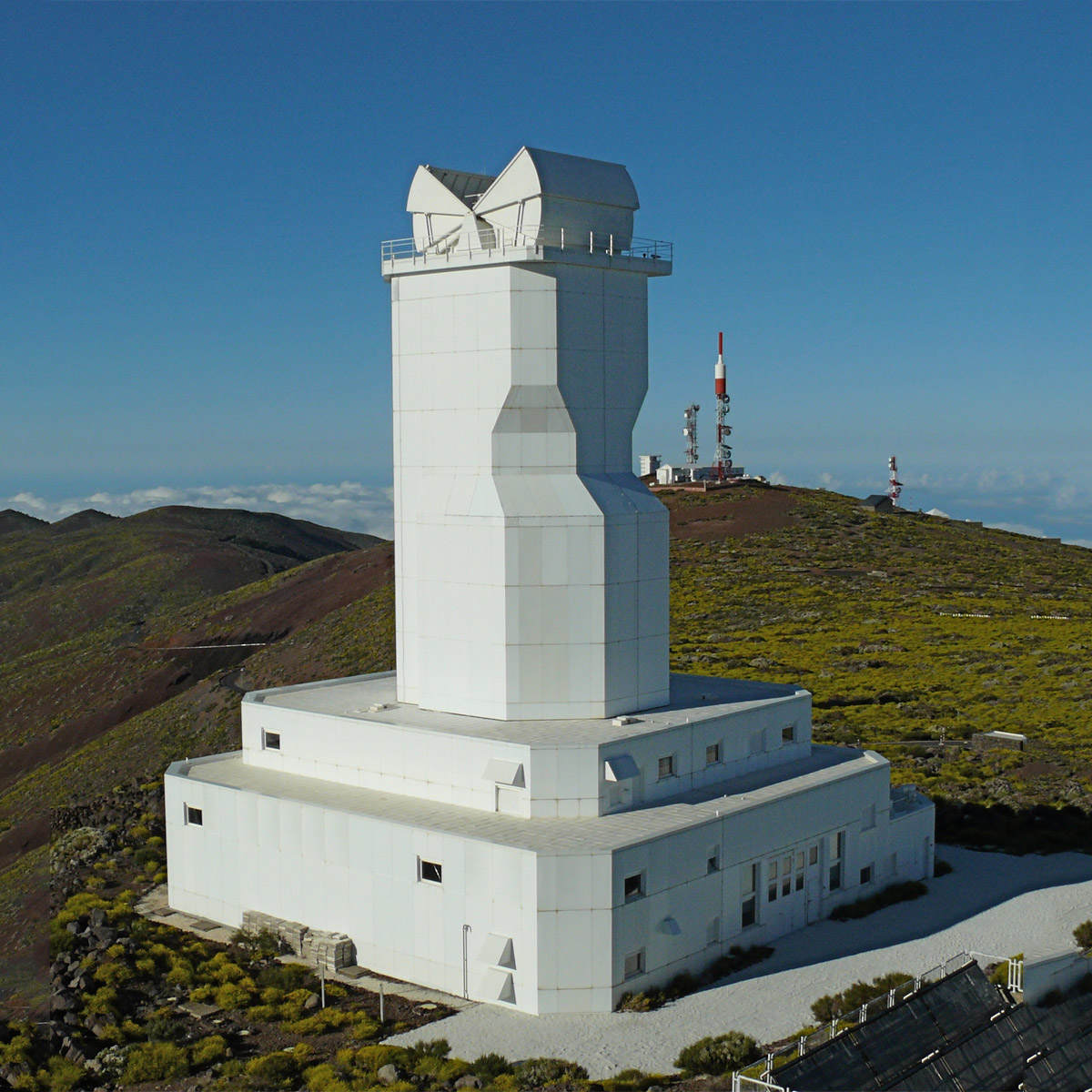 |
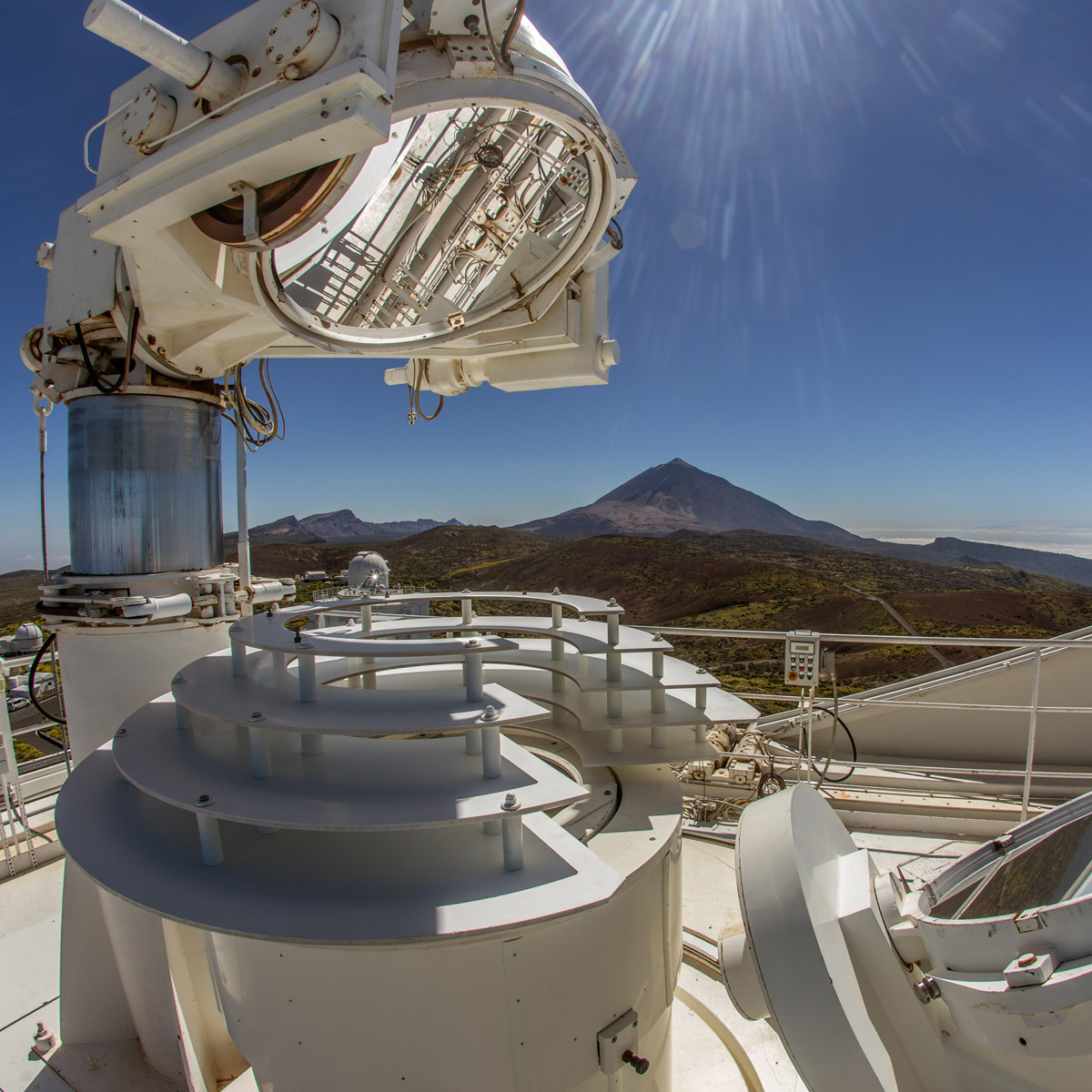 |
- THEMIS (Heliographic Telescope for the Study of the Magnetism and Instabilities on the Sun). Spectropolarimetry.
- Location: Tenerife (Spain)
- Aperture: 90cm
- Owner: Centre National de la Recherche Scientifique (France)
- First light: 1996
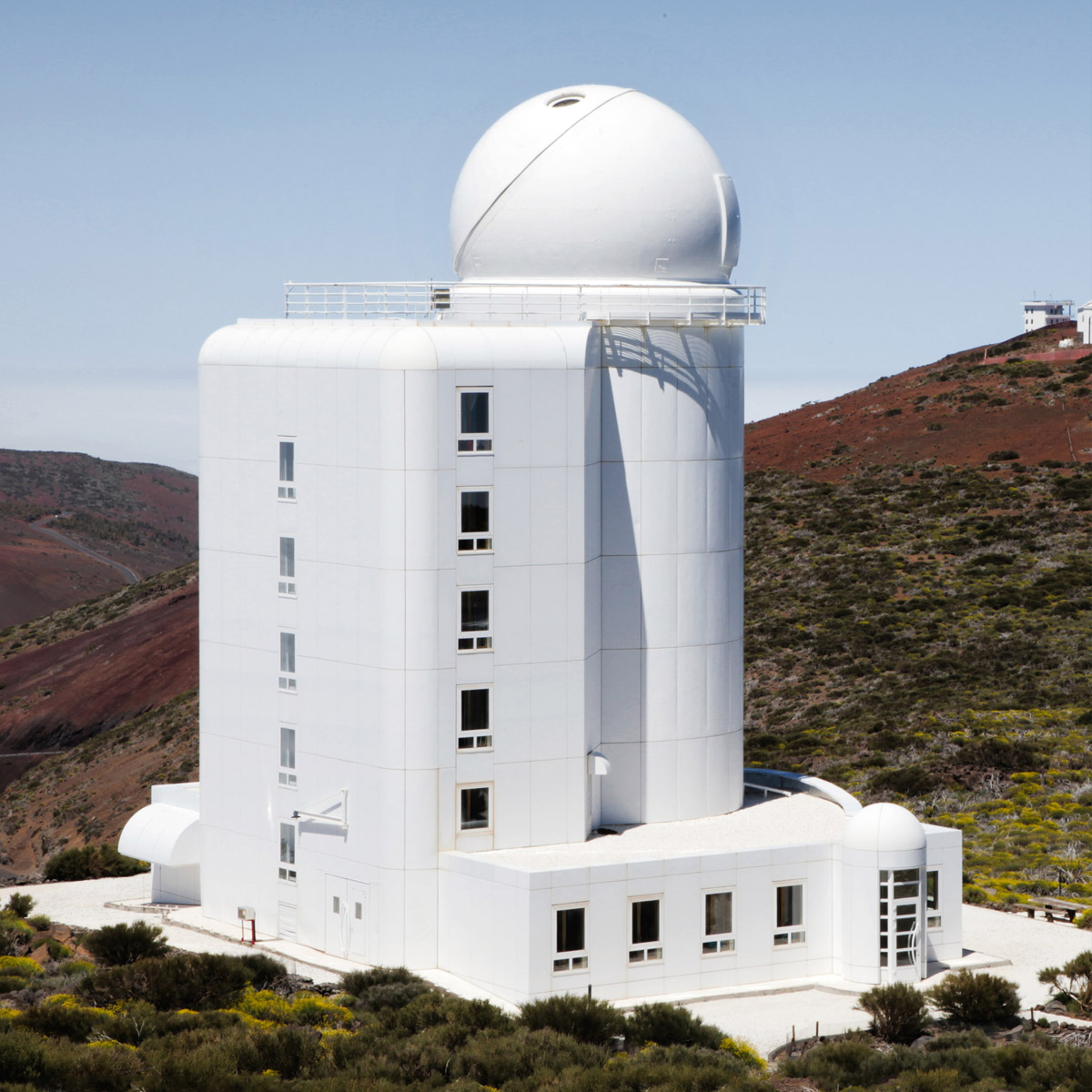 |
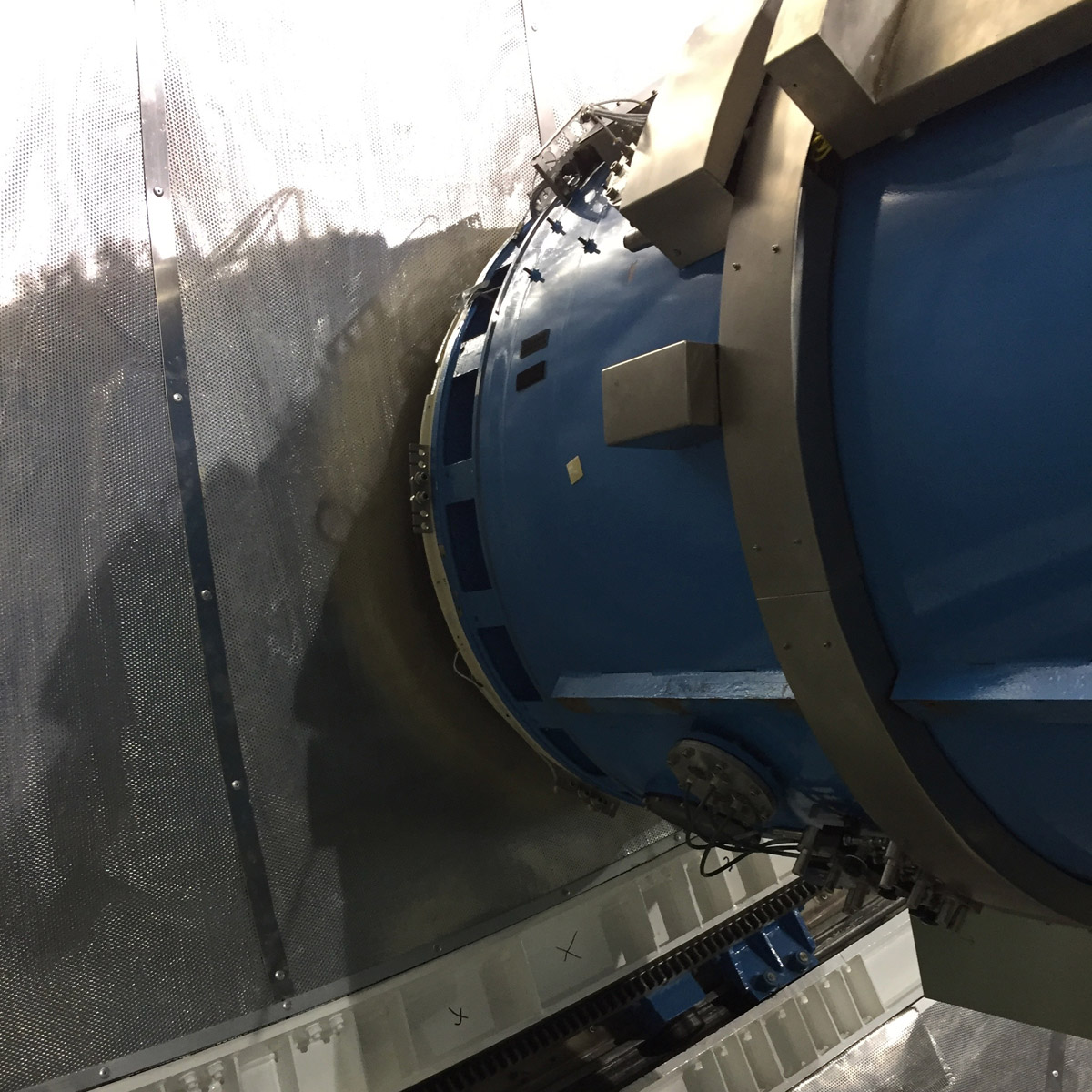 |
- DOT (Dutch Open Telescope). High resolution imaging.
- Location: La Palma (Spain)
- Aperture: 45 cm
- Owner: Utrecht University (Netherlands)
- First light: 1997
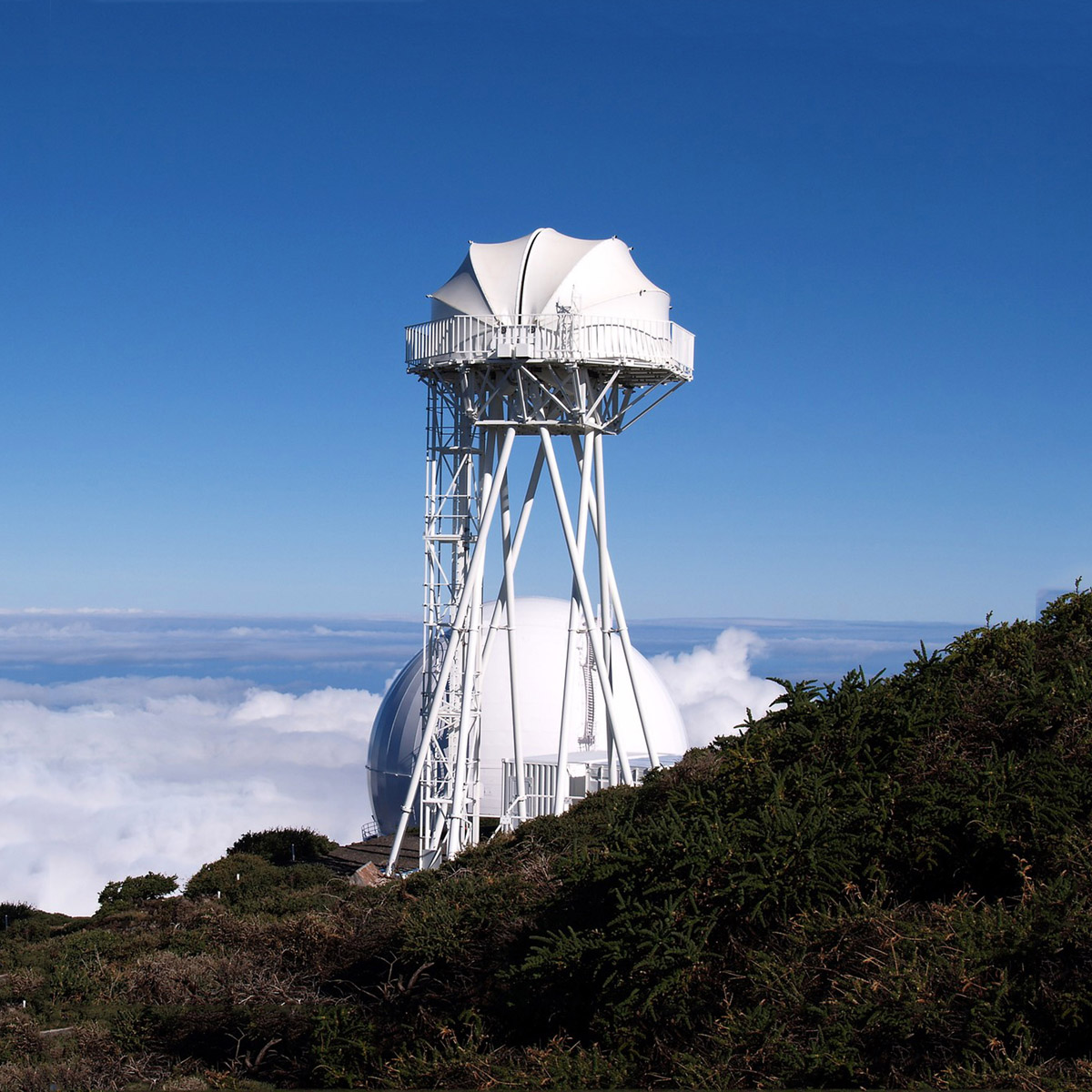 |
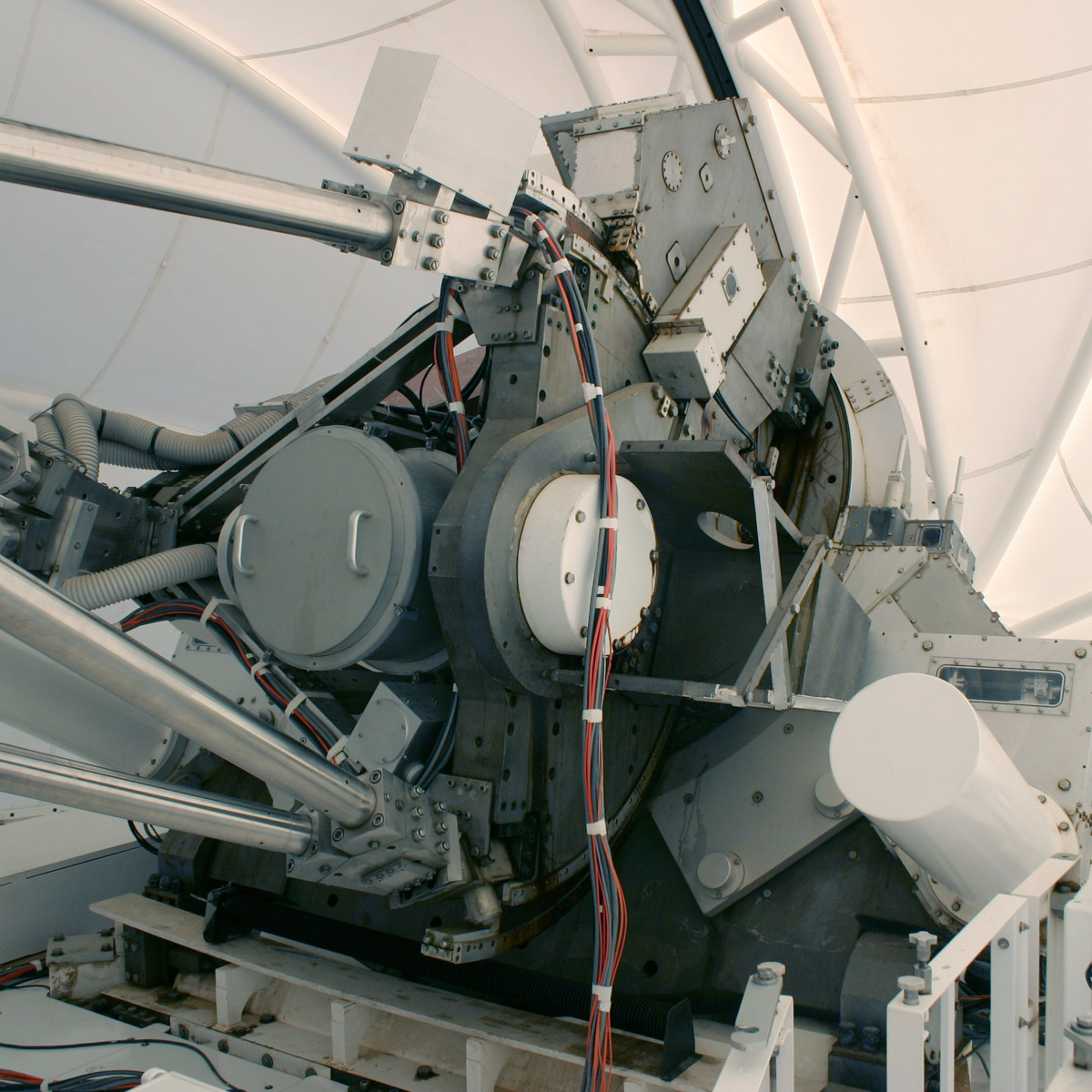 |
- SST (Swedish Solar Telescope). High resolution imaging, adaptive optics and spectropolarimetry.
- Location: La Palma (Spain)
- Aperture: 100 cm
- Owner: Institute for Solar Physics - Stockholm University (Sweden)
- First light: 2002
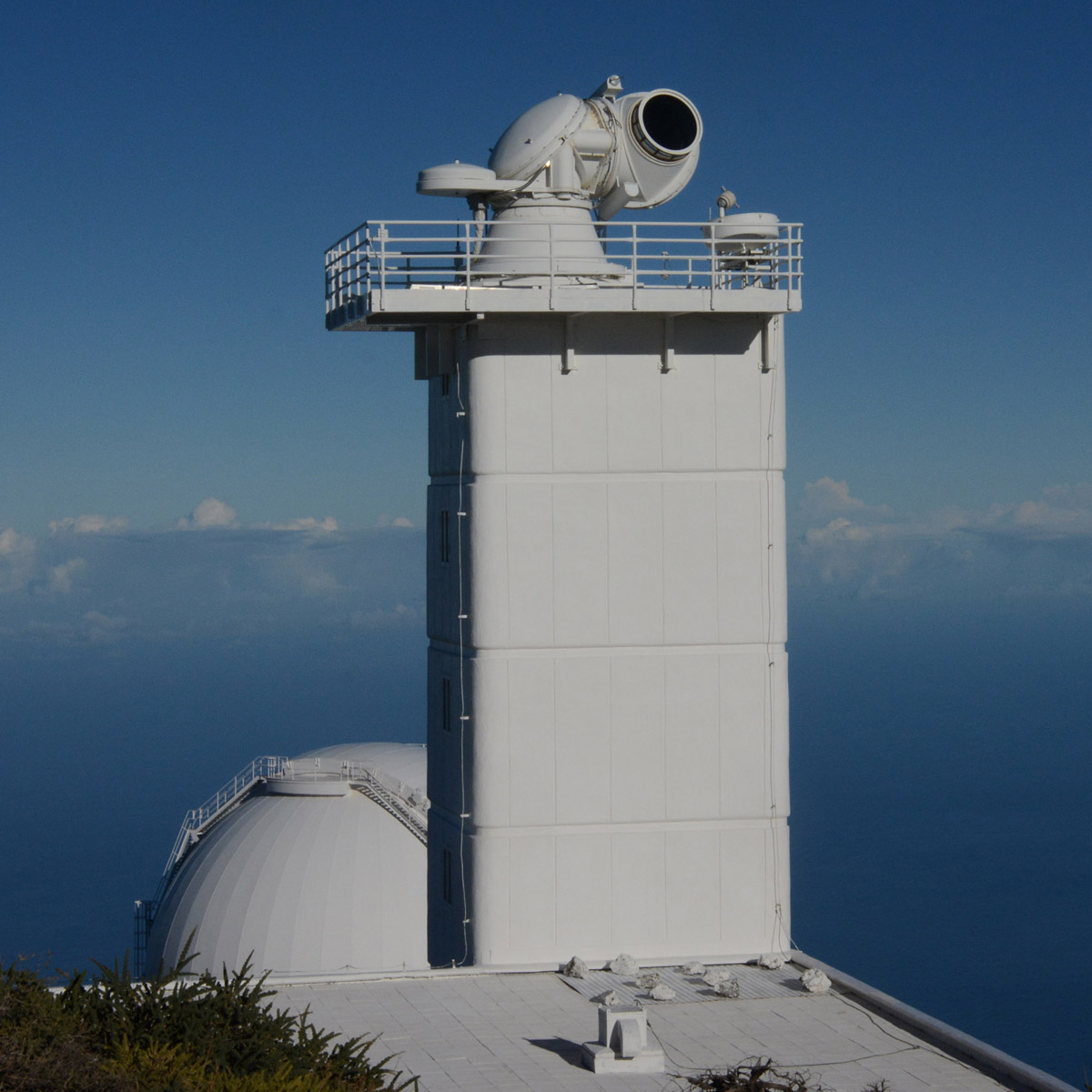 |
 |
- GREGOR (GREGOR Solar Telescope). High precision and with a spatial resolution.
- Location: Tenerife (Spain)
- Aperture: 150 cm
- Owner: Leibniz-Institut für Sonnenphysik (Germany)
- First light: 2012
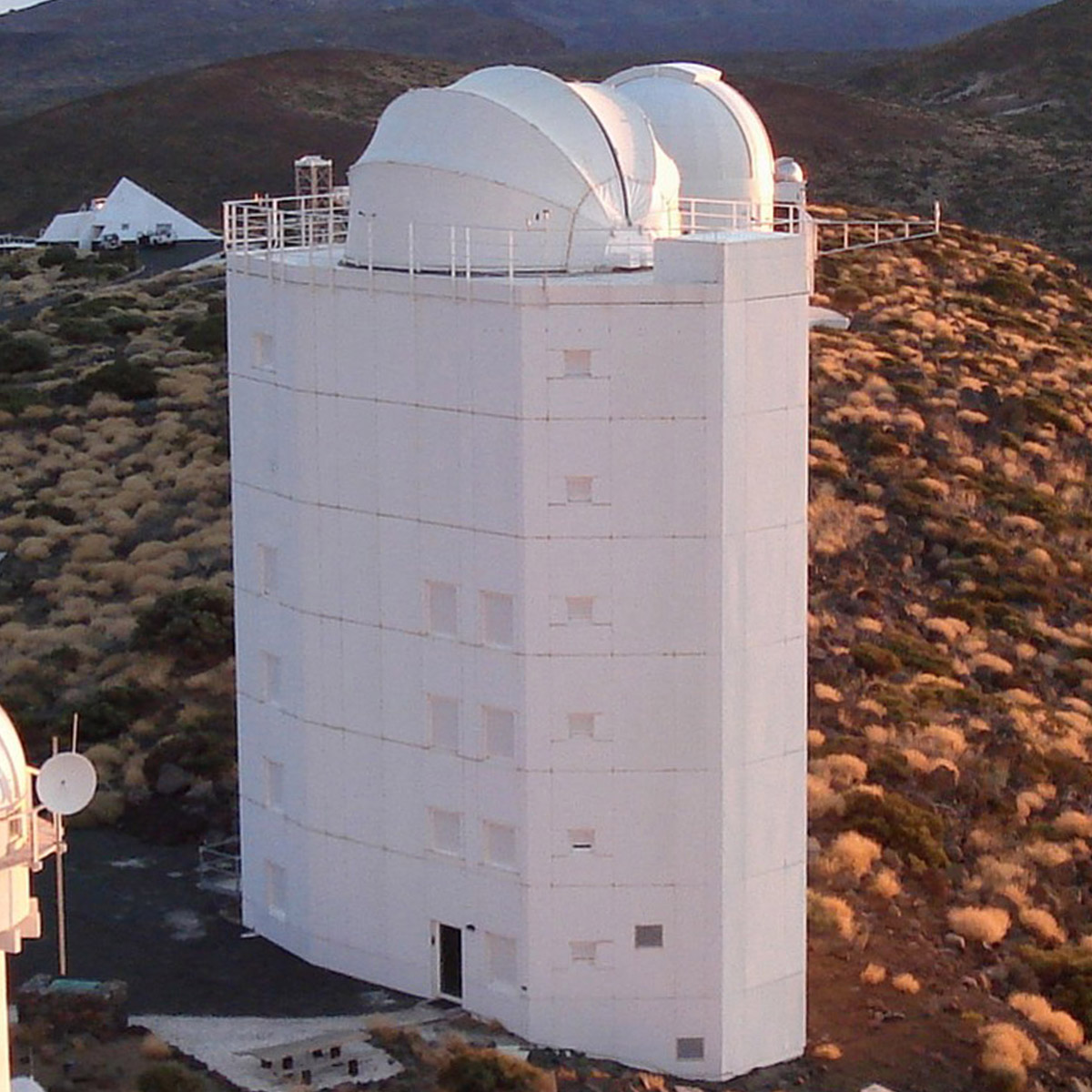 |
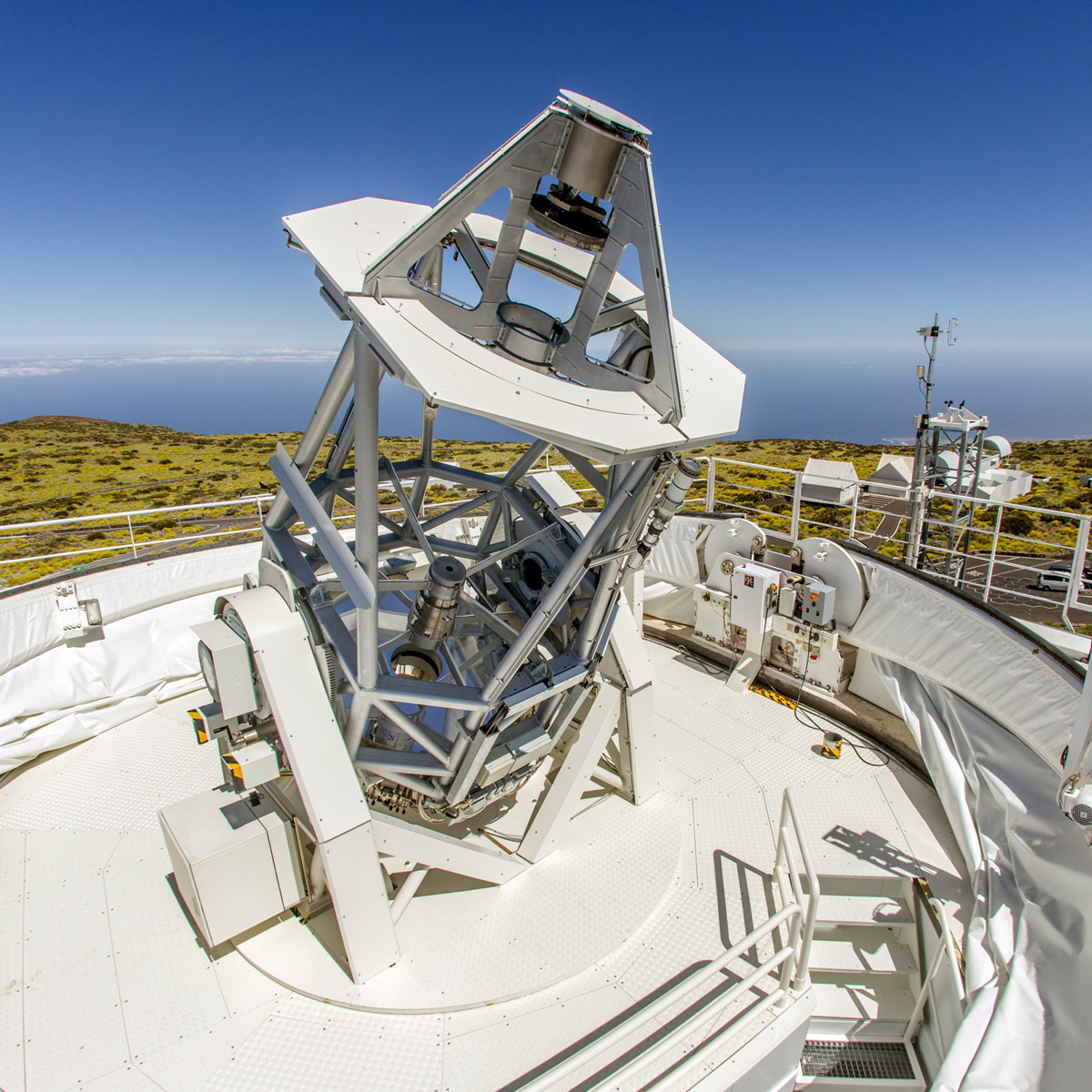 |
Forthcoming:
- EST (European Solar Telescope). High spatial and temporal resolution.
- Location: La Palma (Spain)
- Aperture: 420 cm
- First light: To be determined
Even though a number of scientific breakthroughs of worldwide importance have been made using these European installations, new paradigms in solar physics call for a new generation of telescopes in the short and medium term, providing greater spatial and temporal resolution and light collecting capacity in order to deal with short duration physical processes and to analyse weak polarised spectral lines, for which the aperture of the telescope is critical.
The European high-resolution solar physics facilities have been in operation between 12 and almost 30 years. Despite their considerable success, their technology is aging and the telescopes and facilities were designed to address the scientific questions of those times. Nowadays, the photon flux delivered by these telescopes is not sufficient for the new challenges faced by observational solar physics. This is the key factor in obtaining information about the small-scale magnetic field in the solar photosphere and the detailed interactions that drive solar activity. Relevant small-scaled objects are scarcely 100 km or less, which means that telescopes larger than 1 metre are needed to observe them. New generation telescopes with 4 metre apertures, such as the European Solar Telescope (EST), will be capable of achieving high levels of light combined with short integration times and excellent spatial resolution.
EST Structure, pier and enclosure. Credit: IDOM

